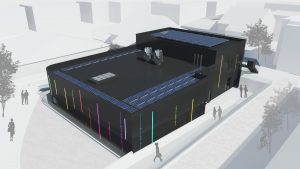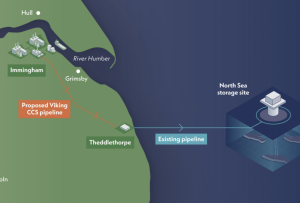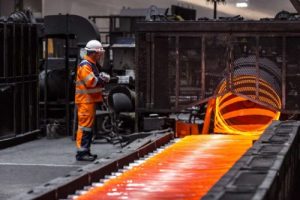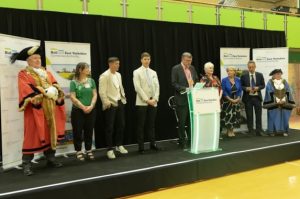‘Space age’ centre taking shape to fight killer diseases
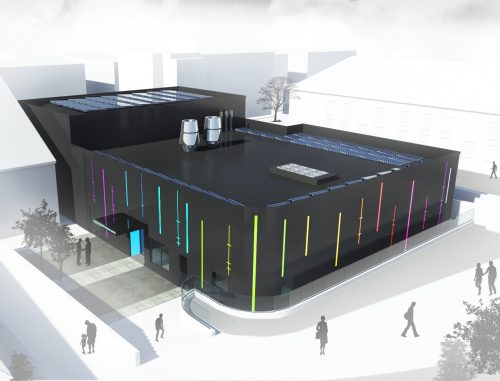
Construction has resumed at Castle Hill Hospital, in the East Riding of Yorkshire, to build a Molecular Imaging Research (MIR) Centre.
A campaign is underway to raise £8.5m for the project, and a target set to complete work on the facility by the end of this year, so it can begin operating early in 2021.
The Daisy Appeal, which is raising money for the scheme, has also released the first pictures of the complex which will improve accuracy and detection rates for cancer, heart disease and dementia in Hull, East Yorkshire and North Lincolnshire.
Professor Steve Archibald, of the Positron Emission Tomography Research Centre at the University of Hull’s Faculty of Health Sciences, said: “It’s a really impressive building that looks like it’s come down from outer space and landed on the hospital site. Patients don’t go in there but they benefit from what comes out.”
The Daisy Appeal’s objective is to establish a renowned scanning centre at Castle Hill using Positron Emission Tomography – computer tomography (PET-CT), a medical imaging technique with future potential in the diagnosis and detailing of a number of disease processes.
The charity funded a research and development facility – the Daisy Building – which opened at Castle Hill in 2008 at a cost of £8.5m and followed that by opening the £4.7m Jack Brignall PET-CT Scanning Centre in 2014.
Activity in the Research and Development Centre has brought in around £6m in funding and grant income over the last nine years and the number of diagnostic scans at the Jack Brignall Centre has risen from 2,287 in 2015 to 3,020 in 2019.
Prof Archibald said: “What we want to do is see what’s going on inside you and see that to a great level of detail.
“The excitement is about what’s developing and finding signs of things like Alzheimer’s before they develop. We want to get clinical trials going on and new therapies developed in Hull.”
David Haire, project director (fundraising) for Hull University Teaching Hospitals NHS Trust, said the Coronavirus lockdown pushed the project back when construction had to be suspended.
He added there may also be delays if quarantine measures affect the travel plans of technicians arriving in the UK from across Europe to help with completion.
Haire said recruitment of specialist staff is continuing. It is anticipated that around 25 people will be working in the scanning and research centres and the associated university facility by the end of this year.
He said: “Work has resumed but not at the same pace because of social distancing restrictions so we are looking at the end of September for completion of the building.
“That will be followed by installation of the equipment, which is state of the art.”
Professor Nick Stafford, chairman of the Daisy Appeal, said: “The work which we are doing in Hull is already developing an excellent international and national research profile and reputation and the new centre will help us build on that.
“We are creating a set-up which will be able to expand its use across a very wide band of medical conditions, progressing to cardiological and neurological scanners in the next couple of years and a significant role in forthcoming viral research.”

